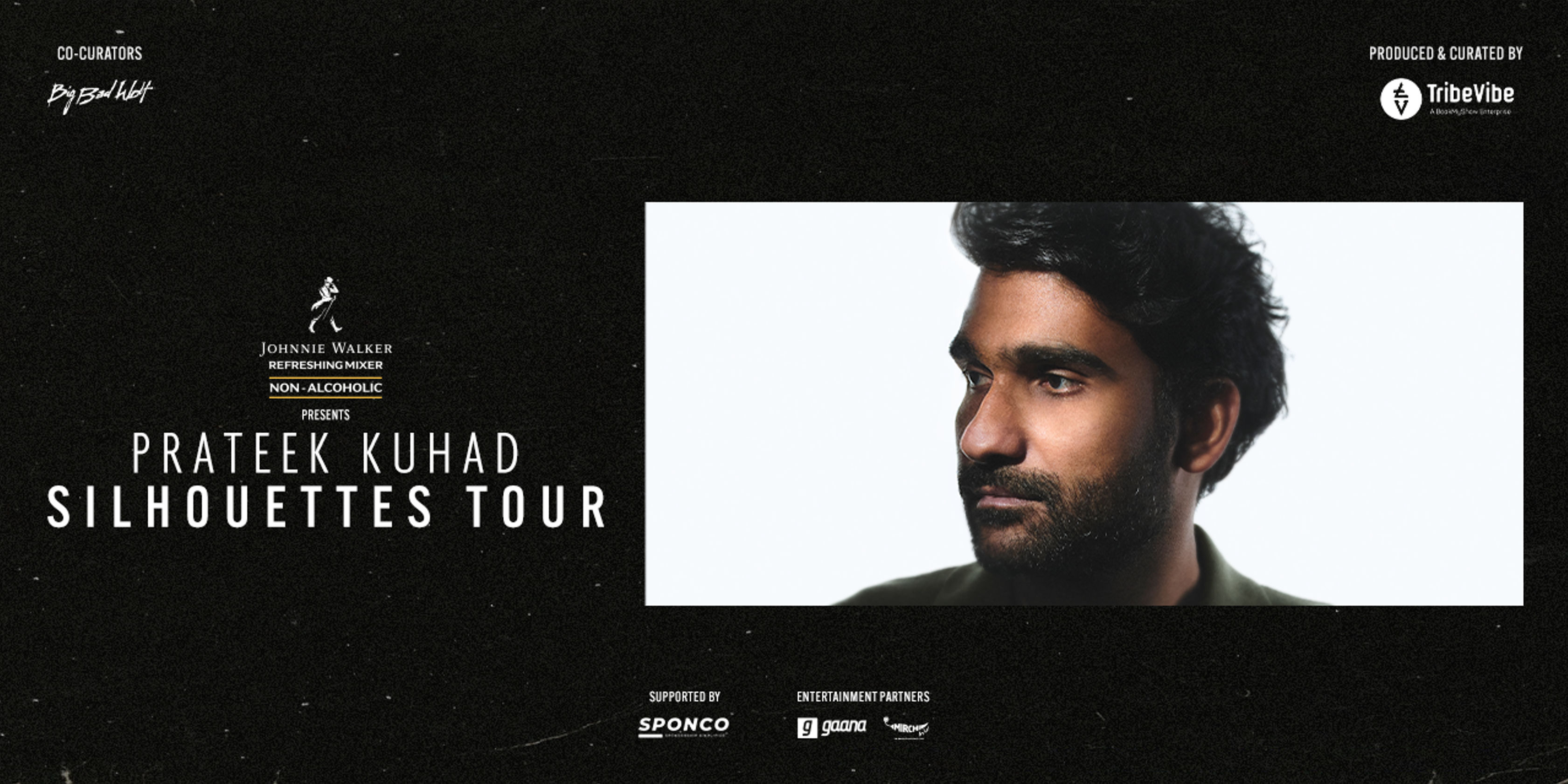Search Topic
The History And Origin Of Ghazals: A Mysterious, But Beautiful Form Of Poetry.

A ghazal is a song with lyrics that is commonly regarded as an Urdu song. It is considered a form of music although it is not strictly a musical form, as it is a poetic recitation. However, today it is commonly conceived of as a form of music whose primary importance is given to the lyrics. Ghazal has its roots in classical Arabic poetry. In the 10th century A.D Persian qasida (a poetic style that originated from Arabia) was adapted into the Ghazal. Qasida are usually eulogies composed in praise of emperors, royalty, or powerful individuals.
In order to be considered a true ghazal, a poem must have no fewer than five rhyming couplets called bayt or sher. Almost all ghazals are meant to be less than fifteen couplets. A ghazal must have the same meter and rhyme and refrain rules. This makes it known as ‘the qaafiyaa’ and the ‘radif’. A ghazal is composed of AA BA CA DA.
In the 18th and 19th centuries, the Ghazal was transformed into a musical form, which was associated with the courts. In the 19th and early 20th centuries, the decline of the “tawaif” tradition led to a change in the performance element of Ghazal music. “Tawaif” music was an important part of the growth of Ghazal music in the court aristocracies.
With the advent of recording and film industries, Ghazal music went from the courtly realm to the masses, resulting in significant economic benefits for performers and producers. There is often a comparison between traditional Ghazals and Hindustani classical music forms like Dadra and Thumri. The genre of Ghazal is also similar to Qawwali. Ghazal singing in India has produced some exceptional performers over the years, including Begum Akhtar, Jagjit Singh and Pankaj Udhas and most renowned “King of Ghazal Talat Mahmood” of Bollywood music.








